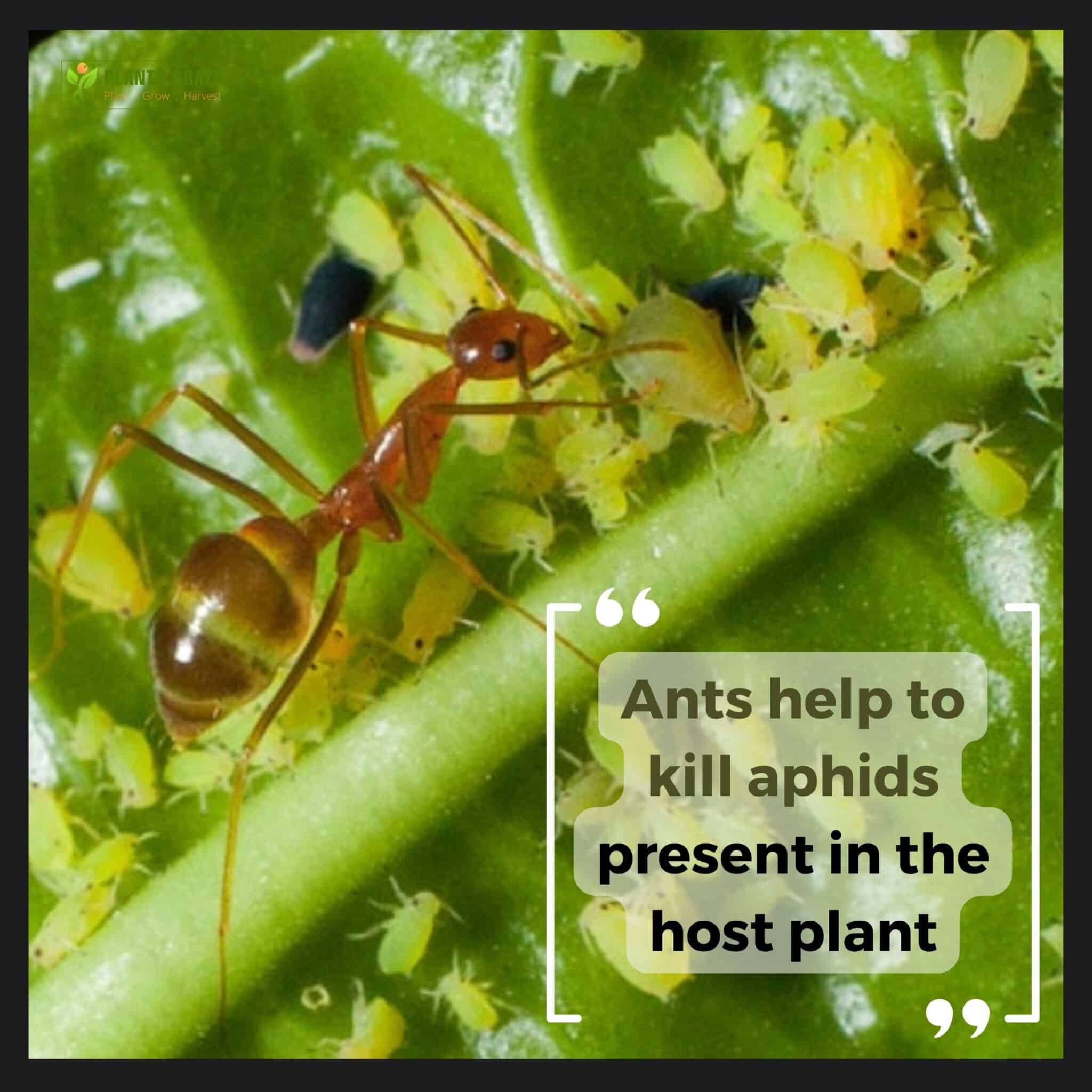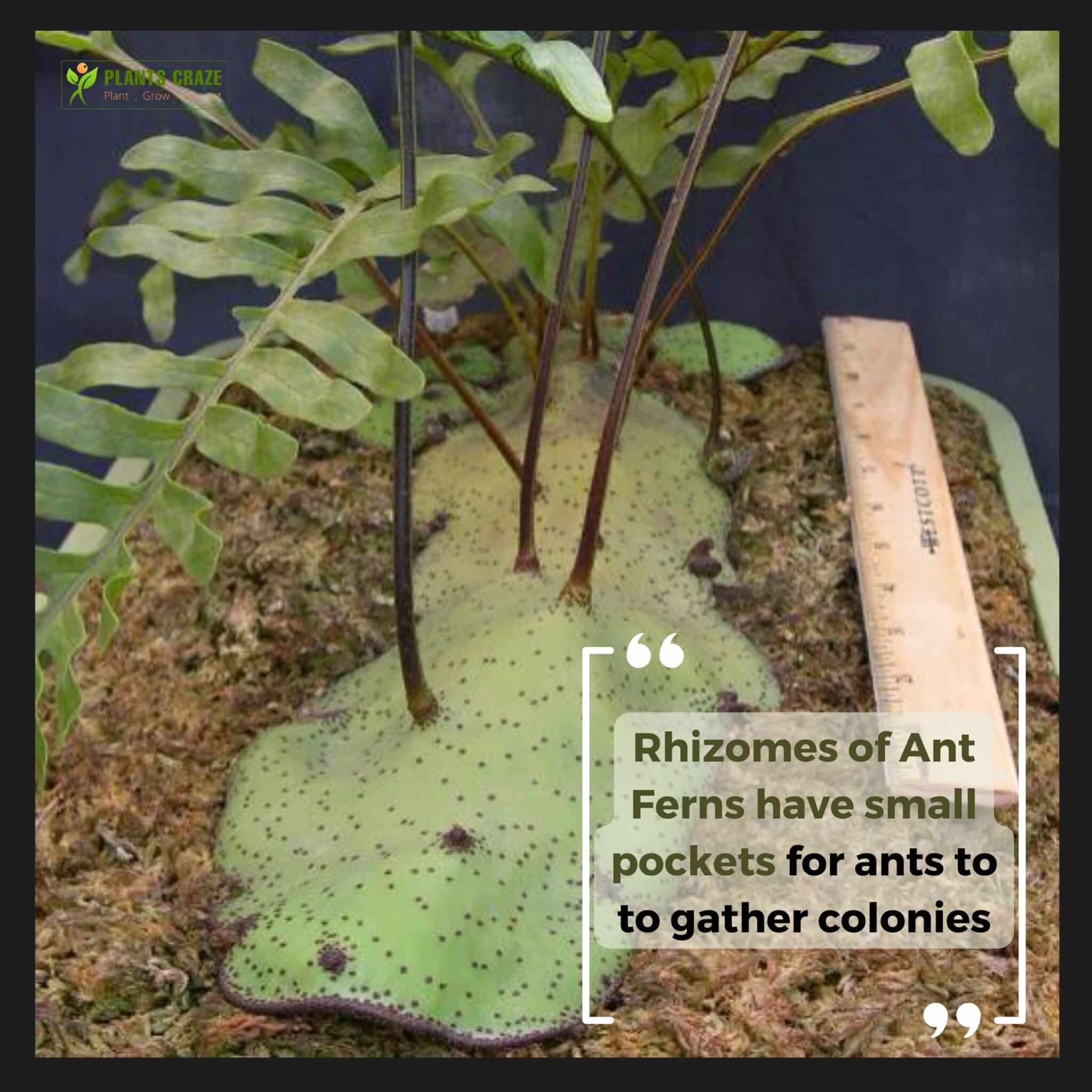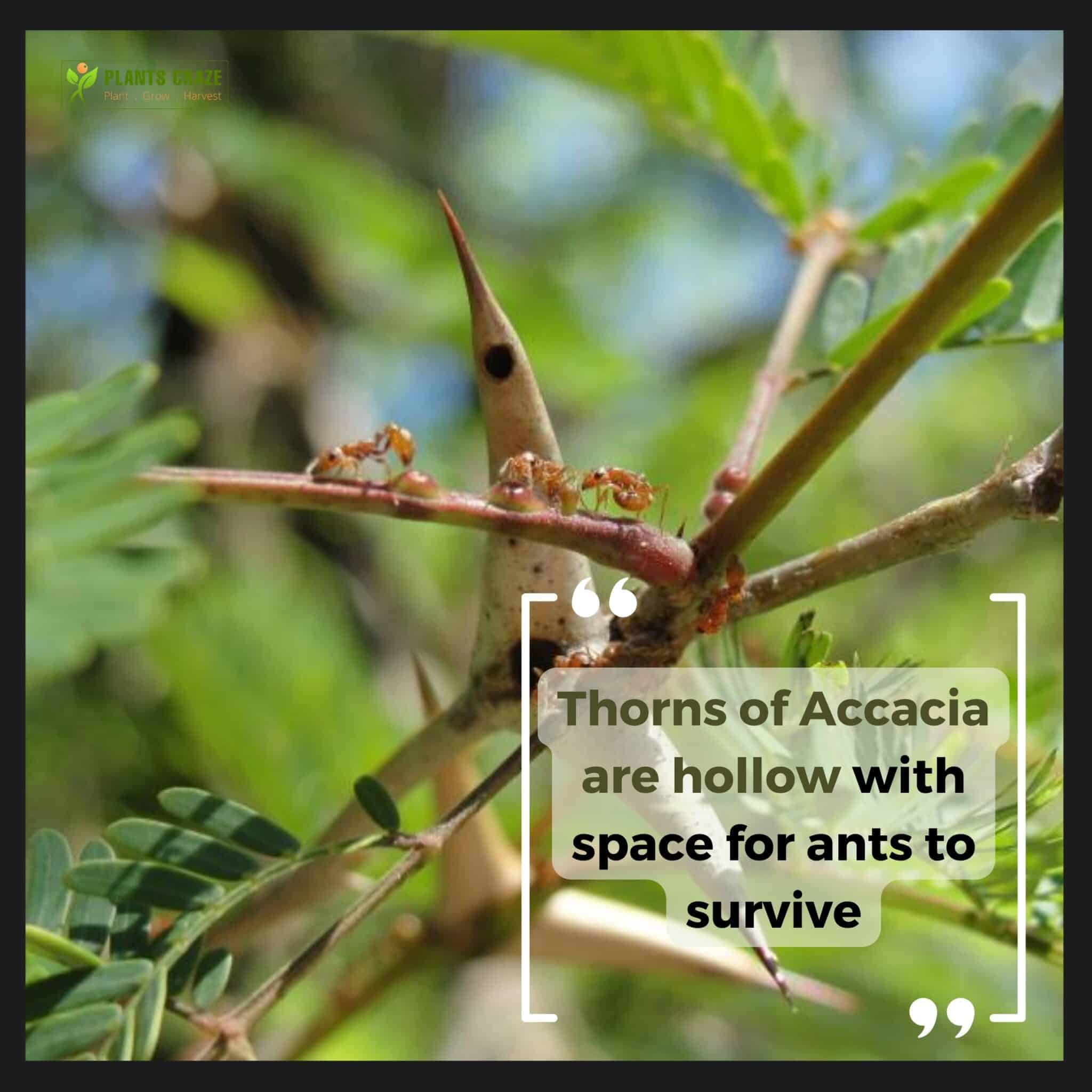Have you heard about the Ant Plant flower? Ant Plants are very helpful, enabling the ants to colonize them for mutual benefits.
Learn more about the plant and ant relationship from the article below!
Table of Contents Show
What Is An Ant Plant?
Ant Plants are groups of certain plant species that form mutualistic relationships with ants.
This relationship benefits the Ant Plants as the ants offer them protection from predators and aid in pollination, while the plants offer the ants a place to nest.

These plants invite ants by luring them using various means.
- Ant Plants have domatia (small cavities) in the stem, root, thorns, near flowers, fruit buds, and leaves, allowing the ants to make them home.
- Some Ant Plants also have food bodies in them that lure the ant colonies. Flowers of Ant Plants also produce nectar that can attract the ants.
Do Ant Plants Flower?
Ant Plants are called ‘Myremecophytes’ as they form close associations with different ant species.
There are 650 genera of Ant Plants, including Acacia, Cecropia, Triplaris, Macaranga, and Tococa.
Additionally, all Ant Plants are flowering plants, and they produce flowers in their inflorescence during blooming seasons.

Ant Plant Flower & Their Relationship With Ants
Let’s see some Ant Plants and learn about their flowers and relationships with ants in brief.
1. Ant House Plant
Myrmecodia Beccarii, commonly called ‘Ant House Plant’ or ‘Ant Pot Plant.’
Let’s list down certain features of this plant.
- Plant Family: Rubiaceae
- Native Range: Eastern Australia
- Features: Swollen bulbous hollow stems that keep the ant colonies for protection, pollination, and organic products
- Growth Habit: Tropical to Sub-Tropical Epiphytic Tuberous Perennial Evergreen Sub-Shrub
- Inflorescence: Terminal Cymose (With Terminal and Lateral Flowering Branches)
- Flowers: White and Tubular
The plant provides shelter, nectar, and pollen for the ants to eat.
2. Baboon’s Head/ Ant Plant
Hydnophytum formicarum is also called ‘Baboon’s Head’ or ‘Ant Plant.’
Let’s list down certain features of this plant.
- Plant Family: Rubiaceae
- Native Range: Tropical South-East Asian Islands
- Features: Round swollen caudex with ant colonies that protect, pollinate, and offer nutrients

- Growth Habit: Tropical to Sub-Tropical Epiphytic Caudex Perennial Evergreen Shrub
- Inflorescence: Compound Umbel (Arising From Clusters Around The Stem & Leaf Axils)
- Flowers: White and Tubular
Similarly, the plant, in turn, offers shelter and food (nectar and pollen) to the ants.
3. Ant Ferns
Lecanopteris is a fern (also called Ant Fern) that doesn’t beget flowers but has some special measures to attract ants.
Let’s list down certain features of this plant.
- Plant Family: Polypodiaceae
- Native Range: Tropical South-East Asian Islands
- Features: Rhizomes (underground stem) of the plant include empty pits with ant colonies that protect, transfer the spores, and grant nutrient waste

- Growth Habit: Tropical to Sub-Tropical Epiphytic Rhizomatous Perennial Evergreen Sub-Shrub
- Inflorescence: None
- Flowers: None
The rhizome of this plant offers underground reproductive space and food (spores) to the ants.
4. Bullhorn Acacia
Acacia cornigera is commonly named ‘Bullhorn Acacia,’ due to its bull horn-shaped hollow thorns along its stem.
Let’s list down certain features of this plant.
- Plant Family: Fabaceae (Leguminaceae)
- Native Range: Dry Tropical Biome of Central America
- Features: Hollow thorns in the stem are a safe haven for ant colonies which guard and offer pollination assistance

- Growth Habit: Tropical Perennial Evergreen Tree
- Inflorescence: Densely Flowering Cylindrical Spike
- Flowers: Yellow and Inconspicuous
The thorns of Bullhorn Acacia have nutrient-rich food products (Beltian Bodies) and nectaries that lure ants to shelter in.
5. Trumpet-Bush/ Trumpet Tree
Trumpet-Bush (Cecropia peltata) is a sub-shrub or tree with special leaves that rent certain species of aggressive ants.
Let’s list down certain features of this plant.
- Plant Family: Utricaceae
- Native Range: Mexico to Northern Brazil (Central to South America)
- Features: Empty stem cavities and petioles of the leaves contain ant settlements which rescue, pollinate, and provide nutrients in the form of ant waste
- Growth Habit: Tropical Perennial Evergreen Tree or Sub-Shrub
- Inflorescence: Umbellate Spike
- Flowers: Pale Yellow and Tiny
The plant bears sugary syrup-oozing hairy pads at the base of the leaf petioles, which help to shelter the ants.
Do You Know?
If you own an Ant Plant species, keep an eye out for Predatory Wasps.
These Wasps can entirely kill the colony of ants and arrest their babies.
Ant Plant Flower & Roles In Ecosystem
There are a number of ways by which the Ant Plant flower and ants can co-exist mutually and benefit each other, thus helping the ecosystem.
- Ants help to pollinate the flowers by transferring pollen grains from one flower to another.
- Some ants disperse the fatty seeds of Ant Plants by feeding them in their nests and then scattering them around.
- Additionally, Ant Plant flowers offer refuge to the ants (especially Bromeliads), protecting them from parasites and omnivores.
From Editorial Team
Conclusion!
A lot of Ant Plant species rarely flower indoors. However, most of them belong to tropical and sub-tropical habitats.
Hence, you can give them plenty of sunlight, watering care, and well-draining organic soil to thrive so your Ant Plants can flower.
